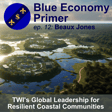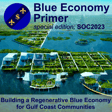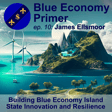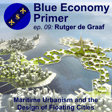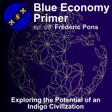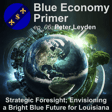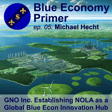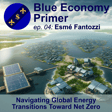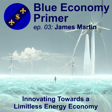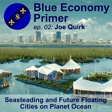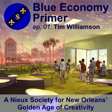
#18: Next Generation Microgrids; The Burning Man Sculptor Behind SolarWing
In this episode, we speak world renowned sculptor and designer, Zach Coffin who has helped redefine the limits of large-scale kinetic art, both ‘on Playa’ in the context of the Burning Man experience, and through publicly accessible and interactive municipal art projects in cities around the world. Zach joins us in New Orleans from his home base in the San Francisco Bay area. As Chief Technology Officer at Helios Industries, Zach is now leveraging his sculpture, engineering, and design background to develop cutting edge renewable energy microgrid gen sets that hold the promise of completely transforming humanity’s relationship to mobile energy generation, freeing us from the noise, pollution, and safety issues associated with diesel and other internal combustion (ICE) generators.
Zach shares his pithy take on the art world and the importance of climate action, as well as details about his personal journey as an artist, innovator, and climate technology developer. Along the way, we learn about origins of the now ubiquitous ‘Twenty foot equivalent unit’ (TEU) shipping container, which has since revolutionized global shipping, and how the Burning Man event has evolved with regard to large interactive art, urban planning, and sustainability.
Please visit the episode 18 webpage to find additional links, references and background information.
GUEST BIO:
Zach Coffin
Helios Industries
Founding Partner and Chief Technology Officer
Zach is a globally recognized sculptor with an extensive portfolio of installations. His primary artistic domain is the creation of large scale kinetic sculptures using structural steel, stone, and other materials. His creations are designed to evoke awe in the seemingly impossible, such as giant floating slabs of stone or massive metal structures which move gently with the wind. He achieves this by implementing his vision through detailed design, mechanical engineering and precise machining combined with a deep understanding of the properties of the metal and materials used to form his works.
Zach has been building large-scale kinetic and interactive sculpture for over 25 years. His work draws from engineering and the history of industry for a visual language that is practical and dramatic yet unadorned. He has received multiple public and private commissions throughout the United States and Europe.
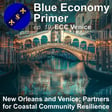
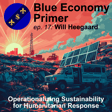
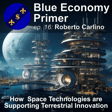
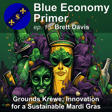
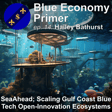
![#13 - Build [Back] Better; Tech Enabled Storm Resilient Coastal Communities image](https://media.zencastr.com/cdn-cgi/image/width=112,quality=85/image-files/63bf157c8c660743f14be65a/98cfe1b8-9955-4de4-b5df-a451e510bb82.jpg)
